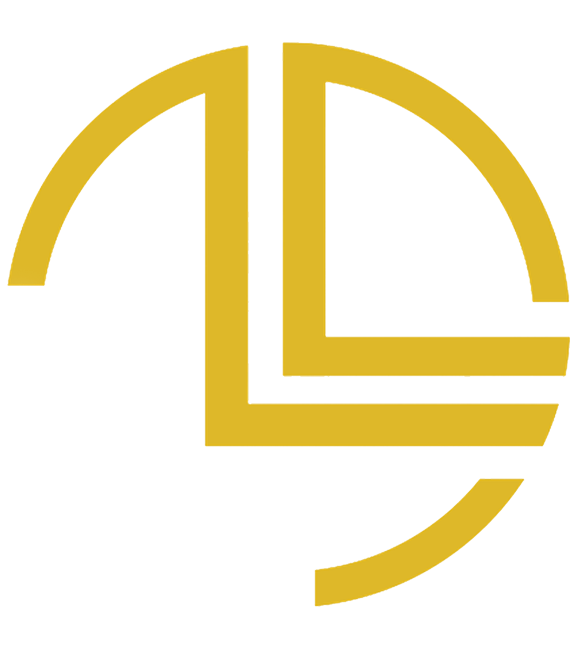- Legallands LLP
- Trademark Law
Trademark Law
Intellectual Property Rights
In today’s competitive world, when protecting the identity of a business is very tough, it is very crucial to protect distinctive identity of your business and protect your rights. To distinguish business from others, usage of Trade-Mark, Patents and Copyrights are used.
However, using a trademark does not give you exclusive rights over it unless you register the Trademark under Trade-Mark Act, 1999. Trade-Mark is a legally perceptible mark, such as word, logo, device, symbol, or label.
Any person (natural or artificial) can apply for a Trade-Mark registration, including a Body Corporate, Company, Association of People, Individual, Startups, Small Enterprises, Proprietorship Concern and many more. It is a distinctive character which gives its owner exclusive rights of usage and also safeguards the mark from others.
You can apply for Trademark under both on-line and off-line modes. There are 45 categories under which a Trademark can be registered. These categories represent the type of business for which Trademark will be registered. For the complete registration of your Trade-Mark, the department provides us with the following varied statuses:
- Formality Check Process: Once an application is filed, all the documents attached are first cross examined.
- Marked for Exam: after the formalities are passed, the application is marked for exam where the registrar checks on the similarities and other discrepancies arising among some relevant/alike registered marks.
- Objection: After scrutinizing the trade mark application, objections may be raised by the Registrar/Examiner under Sections 9 and 11 of the Trade Marks Act, focusing on the descriptive goods/generic/laudatory/indicating quality or nature of goods and identical/similar trade mark in respect of identical/similar goods/services already on record in the Trade Mark Registry.
- Advertised before Acceptance: When the mark is yet not accepted by the department but is not having any objections is advertised in the journal.
- Accepted & Advertised: This is shown when the mark is both accepted by the department and Advertised in the journal.
- Abandoned: When the reply for the examination report or any objection report isn’t filled within the time specified, then the Application shall be termed Abandoned.
- Opposition: If anyone is already using the similar Trademark, he may file an opposition letter. Registrar shall issue notice of hearing, both the parties shall present their case.
- Registered: When all the objections and requirements are fulfilled, then the Mark is registered.
- Withdrawal: When the applicant willfully withdraws the application filled.
In best Scenario, a Trademark gets registered in 8-12 months. The period may get extended based on the criticalities involved and objections raised against the Trademark.


